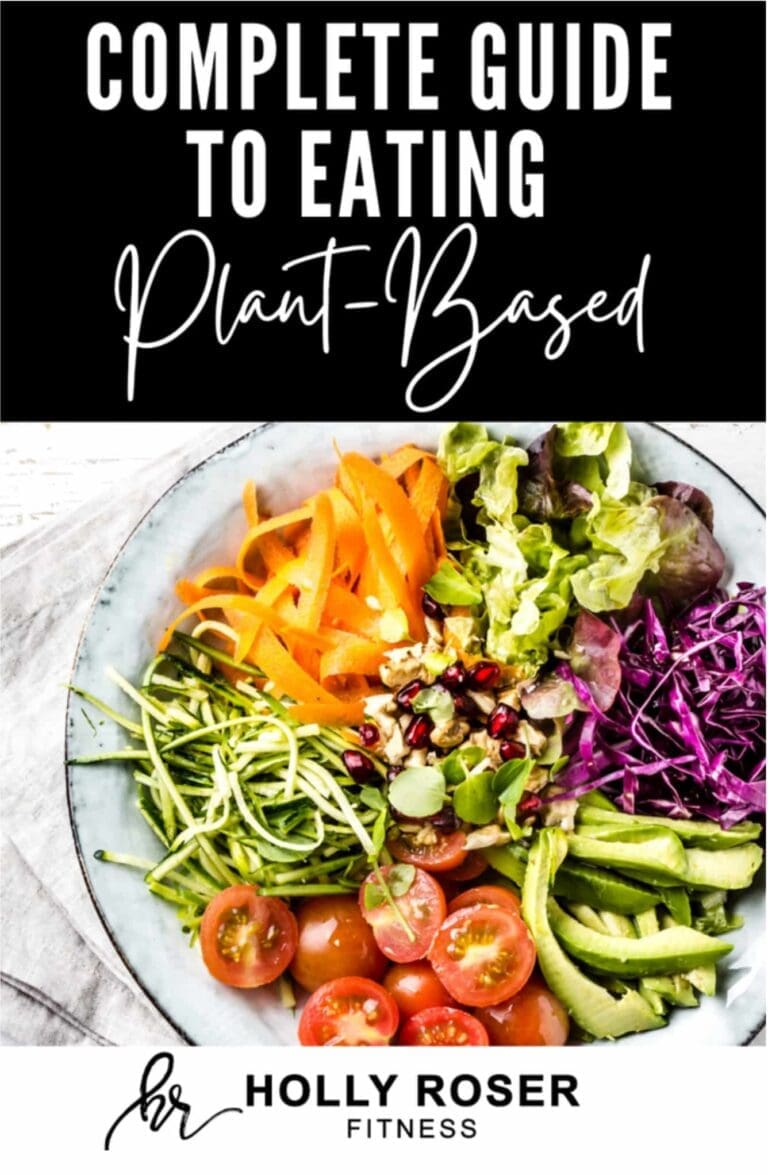Did you know that arsenic is extremely toxic to our health and you are consuming it regularly because it’s in your rice! You heard that right – rice which is known to be healthy because of its higher fiber content and it’s a great gluten-free option can be harmful to your health.

Why is there arsenic in rice?
In general, arsenic is a naturally occurring element that is present in the air, soil, water, and food. The type of arsenic in our rice is called inorganic arsenic, which is the more toxic form. inorganic arsenic is most prevalent in rice crops mainly because of contaminated groundwater supply which is used for crop irrigation. Rice absorbs a greater amount of arsenic from water and soil compared to other common food crops which is why it is a main concern.
How does inorganic arsenic affect your health?
The FDA has reported that lifetime exposure to inorganic arsenic has been linked to lung and bladder cancer, cardiovascular disease, diabetes, and immunologic effects.
Unfortunately, many people start out their lives being exposed to this toxic element mainly because it’s such a common food among many different cultures. 90% of pregnant women consume rice products exposing their fetuses throughout their pregnancy.
“In 2011 Diane Gilbert-Diamond and her colleagues at Dartmouth medical school discovered that pregnant women who ate as little as a half cup of rice had just as much arsenic in their urine as those who had imbibed an entire liter of water contaminated with 10 parts per billion of arsenic, the maximum concentration allowed under the federal Safe Water Drinking Act (Gilbert-Diamond 2011).” – ,EWG
Then after the baby is born, a common food that babies are introduced to early in life is infant rice cereal. According to tests done by the HBBF, they found six times more arsenic in infant rice cereal than in other types of infant cereal. They also state that it is a potent human carcinogen and a neurotoxin shown to permanently reduce children’s IQ and learning ability.

How much arsenic from food can you safely consume?
According to an assessment by the EWG, they state “there is no simple way to determine how much rice-based food you can safely eat. All the arsenic in your diet adds to your lifetime risk of developing cancer. However, this factor must be weighed against the nutritional qualities of foods you might eat in the place of rice. Rice is an affordable grain that figures in the daily fare of millions of Americans, particularly Asian and Latino families, vegetarians, and people on a gluten-free diet. Rice flour, bran, and syrup are added to many processed foods like crackers, pasta, and granola bars. Infants and children are commonly fed rice-based cereals.”
So as you can see just by that quick statement, you are possibly eating many types of rice products which could lead to higher amounts of arsenic in your diet.
What types of rice products contain arsenic:
-
- Rice (white, brown, Jasmine, wild, yellow, sushi rice)
-
- Rice cakes
-
- Rice flour
-
- Rice syrup
-
- Infant rice cereal
-
- Rice cereals (this includes most common cereals even if they aren’t labeled a rice cereal)
-
- Rice pudding
-
- Imitation cheese
-
- Granola bars made with rice
-
- Rice crackers
-
- Puffed rice cookies
-
- Rice noodles
-
- Creamed rice
-
- Various types of baby food/puddings
-
- Imitation mayonnaise
-
- Rice containing chocolates
Rice may be hiding in many products that you eat on a regular basis so if you want to avoid eating high quantities of rice, make sure to read your labels and eat more whole foods with fewer ingredients.
How to reduce arsenic in rice?
-
- The arsenic content of rice can be reduced by about 28% by washing and cooking the rice with clean water.n
-
- Rinse rice before cooking, changing water about 4-6 times or until the water is clear.n
-
- Additionally, you can cook rice with a higher water to rice ratio and discard excess water once the rice is cooked. n
I hope this information was eye-opening and will help you to start thinking differently about how certain food affects your health. If you are looking for additional support with your nutrition or fitness goals, message me today to schedule a call to go over your goals! I would love to help guide you along your health journey.






